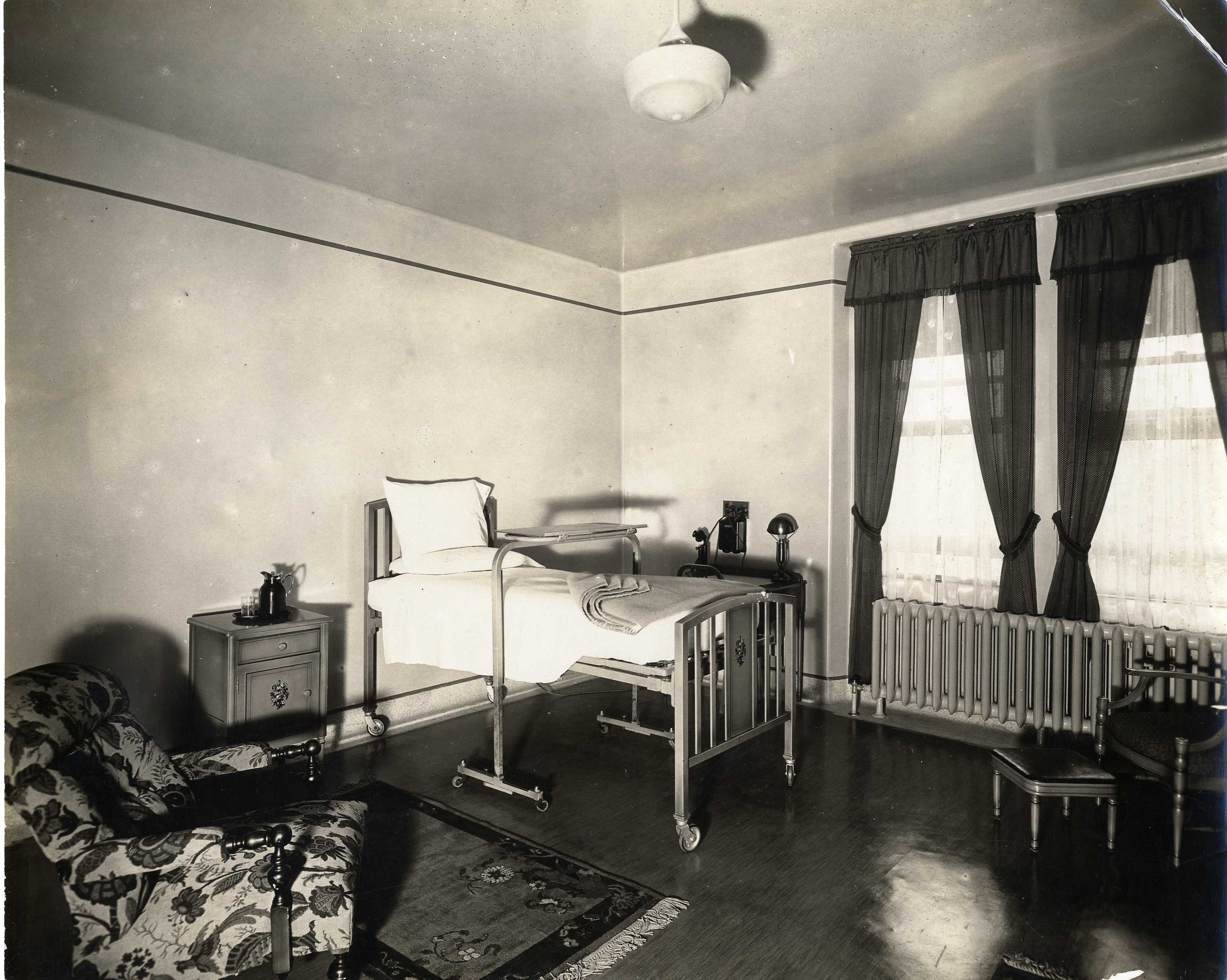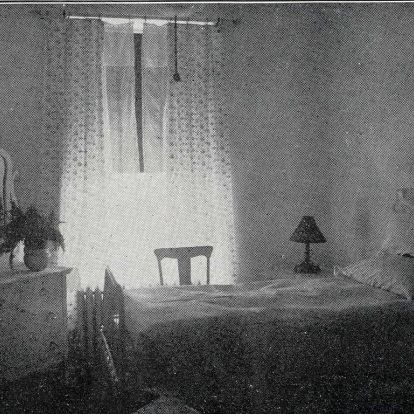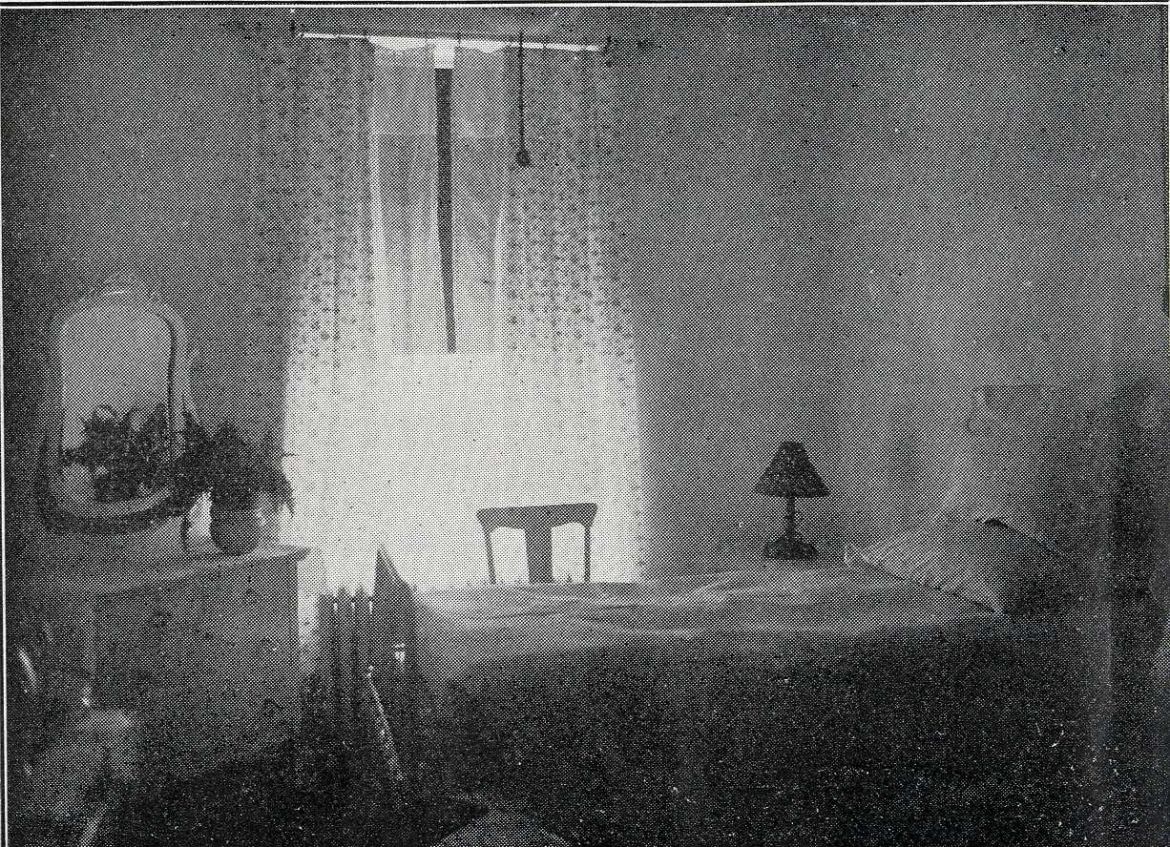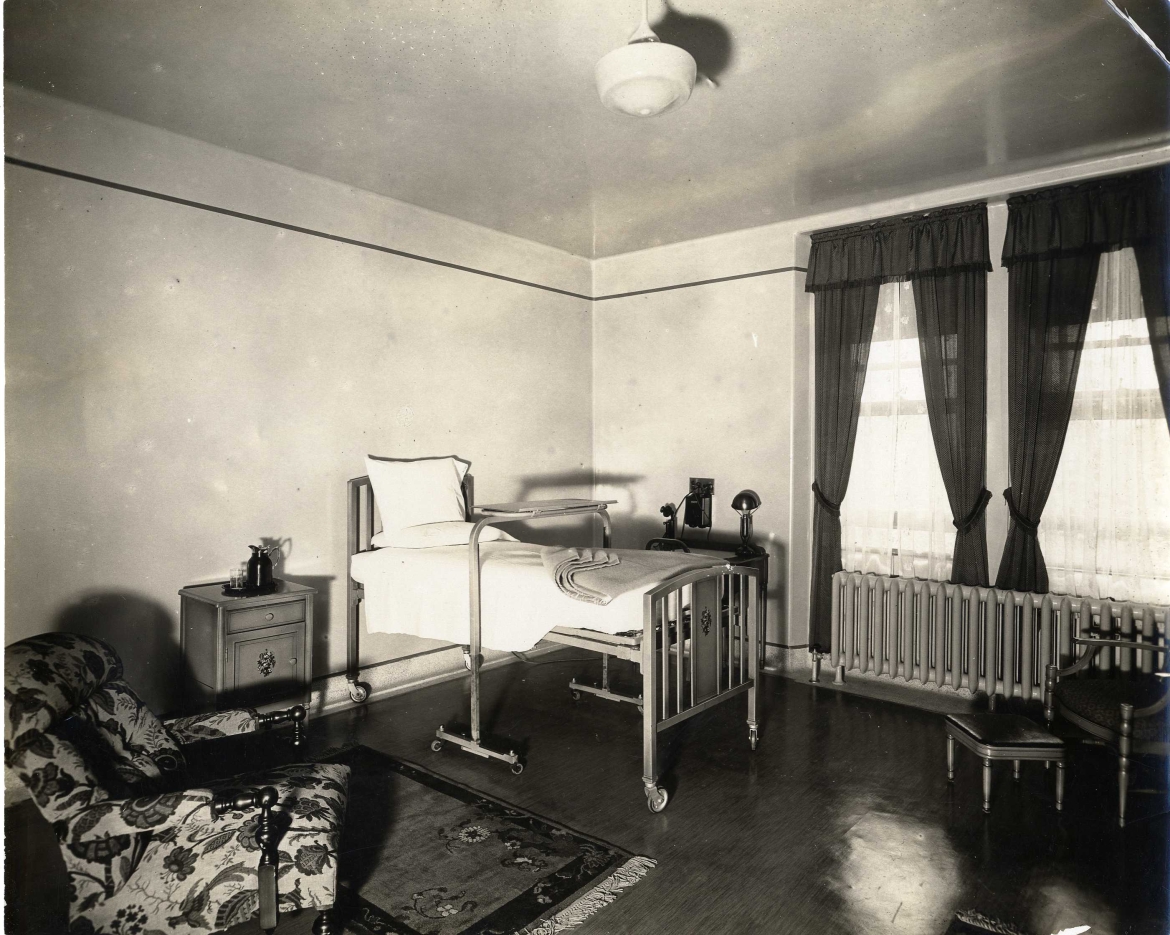Effective immediately masking is required for everyone when present on all inpatient units, in the Emergency Department (ED), the Urgent Care Centre (UCC), and the Children’s Outpatient Centre (COPC).

Before the late 19th century, only those who could not afford to be cared for in their homes sought charitable medical care in hospitals; but, as the practice of medicine underwent revolutionary changes in the 19th century, more and more people came to see hospitals as the best site for the care of acute illness and injury. Only 25 per cent of hospital patients paid for the services received in 1898. By 1914 over 50 per cent of patients paid. To meet the needs of this growing class of patients, between 1912 and 1914 the hospital constructed the Empire Wing.
The wing, located to the rear of the Main Building and attached to it by underground passageway, provided space for thirty private patient rooms and a new pathological laboratory. The three-storey building was built in a long-rectangular plan that followed the pavilion style, similar to the Doran Wing. Much like the KGH buildings that came before it, the Empire Wing followed the trend of segregating specific services in specific buildings; yet, one can begin to see the transition to larger, multi-storey hospital complexes that defined hospital design from the mid-twentieth century onward.
For more information, visit the Museum of Health Care online or download the new App: "Transformation of the Kingston General Hospital 1835-1914."
KGH will mark the 175th anniversary durning the week of September 23, 2013.
Do you have an interesting story to share about your history with KGH? Use the comment section below to tell us!
Special thanks to our presenting sponsor, Lovell Drugs and our event sponsors, Honeywell and KCCU.
Gallery



Private rooms at KGH c.1913

Private rooms at KGH c. 1920



